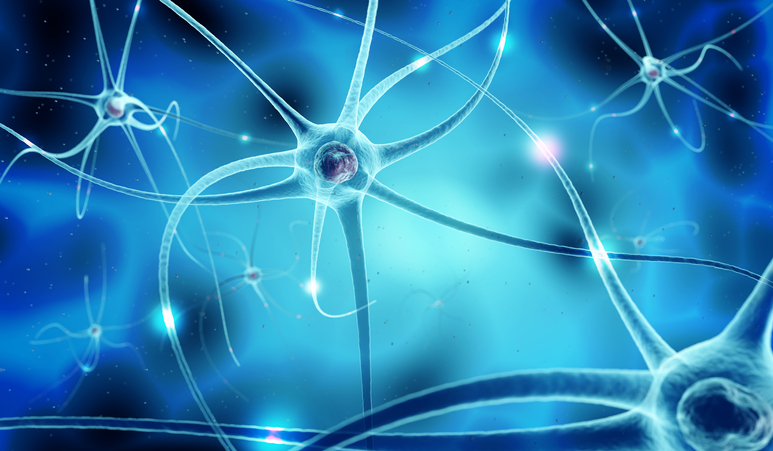Pain
Treatments for Phantom Limb Pain

What is phantom limb pain?
Phantom limb pain is a neuropathic pain that may be experienced after a limb or part of a limb has been removed. It mostly presents in the area of amputated limbs (arms and legs). Phantom limb pain occurs because the brain still attempts to move the limb that is no longer there. Since this is impossible, faulty pain signals are sent to the brain.
What treatments are available for phantom limb pain?
Treatment for phantom limb pain is often complicated. Physicians normally use medication as a first option for treatment. Other treatments include therapies, injections, implanted devices and surgery. Depending on the severity of phantom limb pain, a combination of treatments is often the best option.
Medications
Although no medications are specifically approved for phantom limb pain, some drugs designed to treat other conditions have been helpful in reducing nerve pain. No single medication works for everyone, and not everyone benefits from medications. Individuals often need to work with their health care providers and try different medications before finding the right combination and dosage that reduces their pain.
- Over-the-counter (OTC) pain relievers, such as acetaminophen, ibuprofen or naproxen sodium, may ease pain associated with phantom limb pain. A physician should be consulted before starting a medication regimen as stomach bleeding can occur.
- Beta blockers work by improving blood flow. Side effects include fatigue, weight gain and cold hands or feet.
- Tricyclic antidepressants can ease pain caused by nerves that were damaged during an amputation. They work by altering chemicals in the body that send pain signals. Vision problems, dry mouth and tiredness are possible side effects.
- Anticonvulsants may also be used to treat pain caused by damaged nerves. Dizziness and altered moods are possible side effects.
- Prescription pain medications may ease pain associated with phantom limb pain. A physician may prescribe an opioid medication; however, opioids should be taken only as prescribed, and their use should be closely monitored. Side effects include constipation, nausea, vomiting and sedation. Individuals with prior substance abuse issues should not take opioids.
- N-methyl-d-aspartate (NMDA) receptor antagonists are a class of anesthetics that can help ease phantom limb pain. Side effects can range from mild sedation to loss of consciousness.
Therapies
Although no one type of therapy will work for all individuals with phantom limb pain, various therapies have proven to be effective.
- Mirror box therapy consists of a box with two holes and a strategically placed mirror. The intact limb is placed so that it appears both limbs are still viable. As the intact limb moves, the brain is tricked into believing that both limbs are still attached, resulting in reduced pain signals sent to the brain.
- Repetitive transcranial magnetic stimulation (rTMS) involves electromagnetic coils placed against the forehead while electrical pulses are sent to nerves in a specific area of the brain. Side effects can include headaches or dizziness.
- Spinal cord stimulation involves electrodes placed along the spinal cord which produce electrical currents that interrupt pain signals sent to the brain.
- A transcutaneous electrical nerve stimulation (TENS) unit contains wires that lead to electrodes which attach to the skin via sticky pads. These electrodes deliver low-voltage electrical pulses to the painful area. The electrical pulses stimulate the nerve fibers in the area and reduce the pain signals being sent to the brain.
Surgeries
Surgery is usually considered if all other treatments have failed to reduce pain.
- Deep brain stimulation is similar to spinal cord stimulation; however, the electrodes are placed in the brain pain reception centers rather than the spinal cord.
- Amputation revision surgery involves surgery on the nerves at the location of amputation to help reduce pain.
















